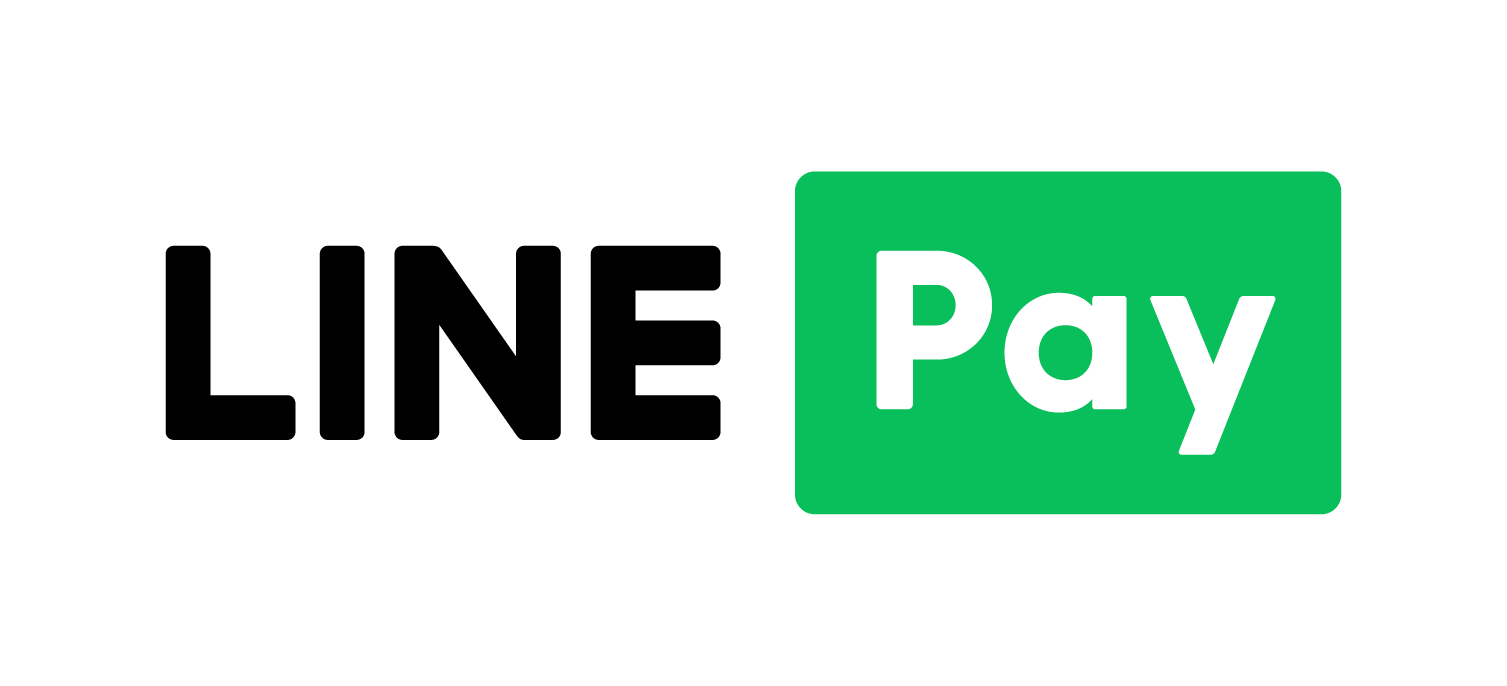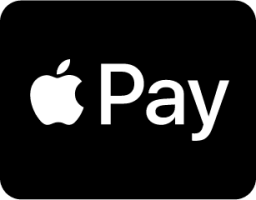
| 定價: | ||||
| 售價: | 694元 | |||
| 庫存: | 已售完 | |||
| LINE US! | ||||
| 此書為本公司代理,目前已售完,有需要可以向line客服詢問進口動向 | ||||
| 付款方式: | 超商取貨付款 |

|
|
| 信用卡 |

|
||
| 線上轉帳 |

|
||
| 物流方式: | 超商取貨 | ||
| 宅配 | |||
| 門市自取 |
為您推薦

類似書籍推薦給您
【簡介】 Finsler geometry is just Riemannian geometry without a quadratic restriction. It has applications in many fields of natural sciences, including physics, psychology, and ecology. The book is intended to provide basic materials on Finsler geometry for readers and to bring them to the frontiers of active research on related topics.This book is comprised of three parts. In Part I (Chapters 1-4), the author introduces the basics, such as Finsler metrics, the Chern connection, geometric invariant quantities, etc., and gives some rigidity results on Finsler manifolds with certain curvature properties. Part II (Chapters 5-6) covers the theory of geodesics, using which the author establishes some comparison theorems, which are fundamental tools to study global Finsler geometry. In Part III (Chapters 7-9), the author presents recent developments in nonlinear geometric analysis on Finsler spaces, partly based on the author’s recent works on Finsler harmonic functions, the eigenvalue problem, and heat flow. The author has made efforts to ensure that the contents are accessible to advanced undergraduates, graduate students, and researchers who are interested in Finsler geometry.

類似書籍推薦給您
【簡介】 The impact of quantum mechanics on our day-to-day life is growing at an exponential rate, of which most people are unaware. For example, the toaster is a prime example of a quantum mechanical device. While quantum mechanics arose as a subject in physics, quantum mechanical thinking has had, and continues to have, a broad impact on mathematics. For example, operator theory as we know it today would not exist without von Neumann’s effort to put quantum mechanics on a solid mathematical foundation. This book is defined for undergraduate students of mathematics to obtain an introduction to quantum mechanical ideas, and the associated mathematics, without requiring an extensive background in physics.This book is focused around the following topics. 1) The Mathematical Structure of Quantum Mechanics. We develop the main mathematical structure of quantum theory in the setting of the accepted postulates of quantum mechanics. Dirac’s bra-ket notation for the required linear algebra aspects will be utilized, as well as the mathematical and physical implications arising from the mathematical aspects of self-adjoint linear operators, with emphasis on the finite dimensional setting. 2) Dynamics of a Quantum Particle. We introduce the Schrodinger equation and discuss its physical meaning and mathematical structure. The required partial differential equations theory is elementary, and will be developed from scratch. 3) Measurement, Time Evolution, Uncertainty, and the Harmonic Oscillator. This builds on the previously developed mathematics and culminates with a detailed discussion of the quantum mechanical workhorse example - the harmonic oscillator. 4) Quantum Mechanics of Angular Momentum. Most of the book is developed in the context of the (relatively) simple one dimensional quantum systems. This topic goes into three dimensions and illustrates how very interesting mathematics can yield novel physical explanations that are unobtainable with classical methods. 5) The Postulates of Quantum Mechanics, Measurement, Composite Systems, Tensor Products, and Entanglement. This is the area that most students have heard of - quantum entanglement, "action-at-a- distance" and Bell’s inequality. The mathematics will be at an elementary level (except possibly for tensor products, which are sadly neglected many linear algebra courses today, but which are literally exploding in a variety of current applications).

類似書籍推薦給您
【簡介】 Our physical world is embedded in a geometric environment. Plane geometry has many amazing wonders beyond those that are briefly touched on at school. The circle, one of the basic aspects of geometry, has a plethora of unexpected curiosities, which the authors present in an easily understandable fashion requiring nothing more than the very basics of school geometry to appreciate these curiosities and their justifications or proofs.The book is intended to be widely appreciated by a general readership, whose love for geometry should be greatly enhanced through exploring these many unexpected relationships. Geometric Gems is also suitable for mathematics teachers, to enhance the education of their students with these highly motivating circle properties.

類似書籍推薦給您
【簡介】 This book explores the tight relationship that existed between application needs and computational problem-solving methods during the Middle Ages, particularly the period between the 9th and 15th centuries. It was a time of great cultural and economic evolution, starting with the blooming phase of Arab science and continuing with the acquisition of Hindu-Arabic computation methods (based on the decimal positional number system) in Western Europe.The aim is to show, by means of suitable examples, how in the Middle Ages mathematics and computation were tightly related to the solution of everyday life problems. These ranges from religious problems like computing the date of Easter to land measurement and financial computations, as well as handling various volumes and managing agricultural resources.In particular, during the late medieval centuries when the economy saw a substantial upswing, merchants’ activity required strong computational skills to solve a great variety of problems. It is such need that led to the creation of the so called ’abacus schools’ that the sons of merchants, primarily Italians but also from other European regions, attended during their boyhood to learn computing techniques.

類似書籍推薦給您
【簡介】 The first edition of this book was the first manual for laboratory work in the rapidly expanding field of synthetic biology. Based upon a highly successful university course by one of the pioneers in synthetic biology, the manual became particularly popular with students of the enormous annual international Genetically Engineered Machine (iGEM) competition. Questions at the time included the scalability of BioBrick cloning, how to stabilize chromoprotein expression and change the colors, and how to adapt methods for high schools and biohackers. A decade later, this second edition answers these questions with huge BioBrick constructs (front cover), next-generation less-toxic chromoproteins in a kit, and ultraviolet-light-free quantitation by smartphones. Further updates include a computational modeling lab and new avenues in SynBio.